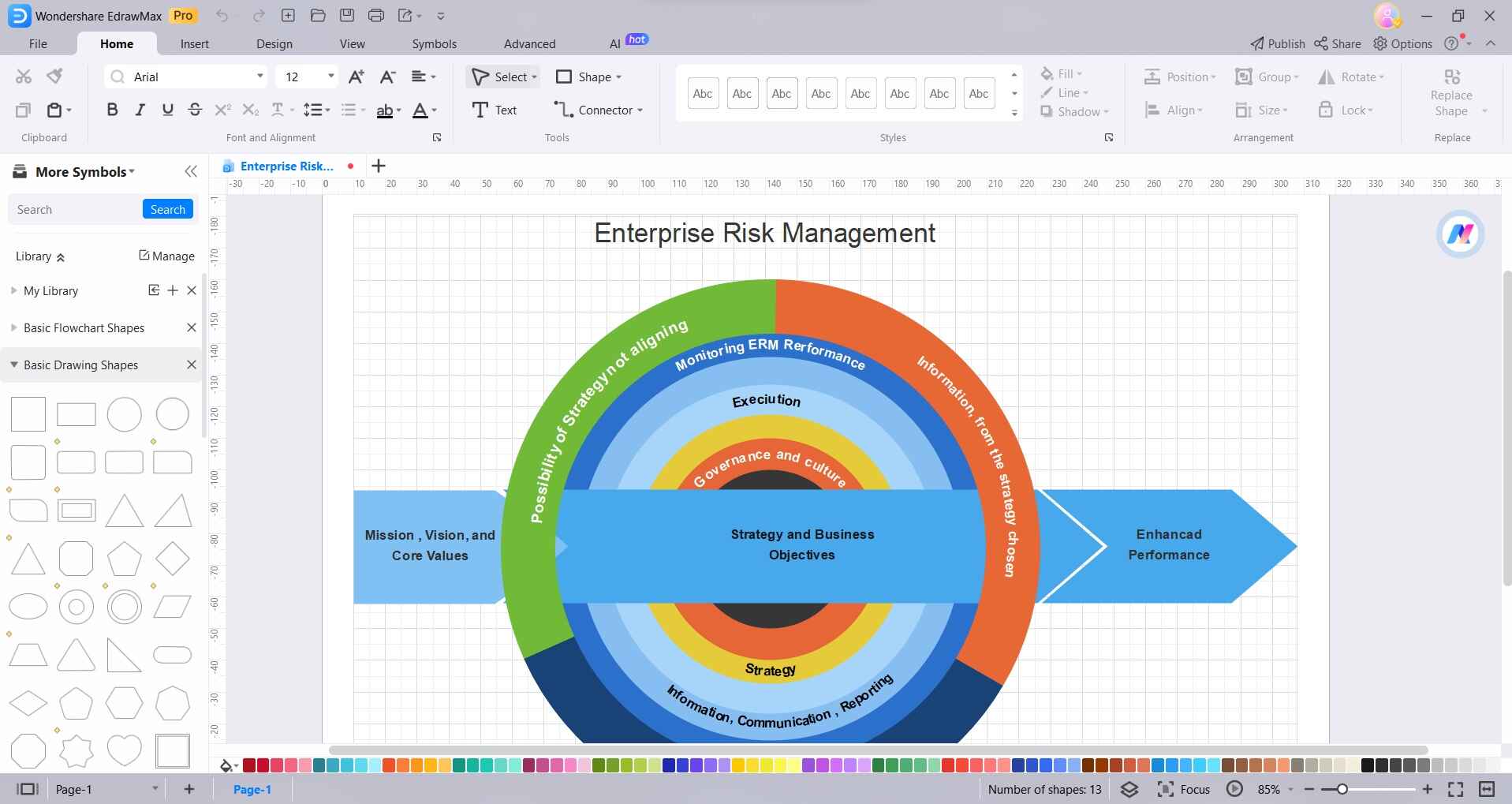Effective risk management is critical for organizations to survive and thrive in an increasingly complex and uncertain world. ISO 31000 is an international standard that provides guidelines and principles for implementing risk management effectively across organizations. First published in 2009, ISO 31000 was recently updated in 2018 to reflect the latest developments and best practices in risk management.
This article provides an overview of ISO 31000 2018 and the key aspects that organizations need to understand to leverage it for managing risks effectively.
In this article
What is ISO 31000 2018?

ISO 31000 2018 provides a standard approach and guidelines for managing risks that organizations face. It was developed by the International Organization for Standardization (ISO) through input from risk management experts across the world.
Some of its key aspects include:
- Providing a common vocabulary for risk management including key definitions and concepts
- Emphasizing the integration of risk management into important organizational processes
- Tailoring risk management methodology based on the external and internal context of the organization
- Addressing the needs of stakeholders through a risk management framework
- Ensuring risk management is dynamic, iterative, and responsive to change
Part 2: Significance of ISO 31000 2018
The updated ISO 31000 2018 is a significant standard for modern risk management for the following reasons:
- It is widely recognized and adopted globally across different countries and industries. This provides a common approach to risk management.
- The principles of ISO 31000 align risk management to the strategic objectives and priorities of the organization. This allows for greater commitment from leaders and managers.
- It emphasizes the integration of risk management into key organizational processes such as planning, project management, change management, and governance. This embeds risk-aware thinking across the organization.
- The standard adopts a flexible and customized approach to risk management instead of a rigid, one-size-fits-all methodology.
Overall, ISO 31000 2018 provides a robust foundation and guidelines for organizations seeking to adopt modern, proven approaches for managing risk systematically.
Part 3: Steps for Implementing ISO 31000 2018 Risk Management
Organizations can follow these key steps to effectively implement risk management based on ISO 31000 2018:
1. Develop risk management policy and commitment:
Define the risk management policy aligned with organizational objectives and obtain senior management commitment.
2. Customize risk management framework:
Tailor the ISO 31000 framework and methodology to suit the organization's needs.
3. Integrate risk management into processes: Identify key processes where risk management needs to be ingrained such as planning and project management.
4. Assign accountability:
Define the roles and responsibilities for risk management activities across the organization.
5. Develop risk assessment methodology:
Create risk criteria, and methods for identification, analysis, evaluation, and recording of risks.
6. Establish internal communication and reporting mechanisms:
Ensure appropriate information flows for risk management throughout the organization.
7. Monitor, review, and improve:
Continuously keep evaluating the effectiveness of risk management implementation and strive to improve.
8. Document the framework and process:
Maintain well-documented policies, guidelines, and procedures for risk management.
Part 4: Challenges in Adapting ISO 31000 Risk Management
While ISO 31000 provides proven guidelines, organizations can face some key challenges in adapting and implementing risk management effectively:
- Lack of commitment from senior management: Without leadership commitment and tone from the top, risk management implementation will face cultural resistance.
- Insufficient resources and personnel: Risk management requires dedicated focus and resources which organizations need to invest in.
- Complex documentation and excessive bureaucracy: Finding the right balance between formalization and pragmatism is key.
- Partial adoption leading to siloed thinking: Risk management needs to be embedded at all levels in an integrated manner to avoid silos.
- Viewing risk management as compliance-only: The real value lies in using risk information for better decision-making.
- Poor integration with strategy and operations: Detached from strategy and day-to-day operations reduces the effectiveness of risk management.
By keeping these challenges in mind, organizations can develop mitigation strategies as they implement ISO 31000.
Part 5: Creating a Risk Management Diagram Using EdrawMax
An important part of ISO 31000 risk management implementation is developing a risk management framework diagram that provides a visual overview of the methodology, key activities, and information flows. Edrawmax is a versatile visual communication tool that can help create professional-quality risk management diagrams easily.
The key steps to create an ISO 31000 risk management diagram in EdrawMax are:
Step 1:
Open EdrawMax on your computer. Select a suitable template like the Risk Management Process template and open an editable version.

Step 2:
Edit diagram elements like shapes, connectors, and text to match the organizational framework. Add/delete shapes from libraries to represent additional activities or information flows.

Step 3:
Use alignment guides to organize the layout neatly and enable easy understanding.

Step 4:
Finalize the visual styling of the diagram using color themes, effects, and fonts.

Step 5:
Export the completed diagram in required file formats like PDF or image files.

Using EdrawMax's intuitive features can make diagramming risk management frameworks quick and easy to share with stakeholders across the organization.
Conclusion
ISO 31000 2018 provides significant enhancements for organizations to implement modern risk management practices. By following the guidelines and principles outlined in the standard, organizations can develop tailored risk management frameworks integrated across their strategy, operations, and processes.
Diagramming tools like EdrawMax can help organizations visualize and communicate their risk management methodologies.




